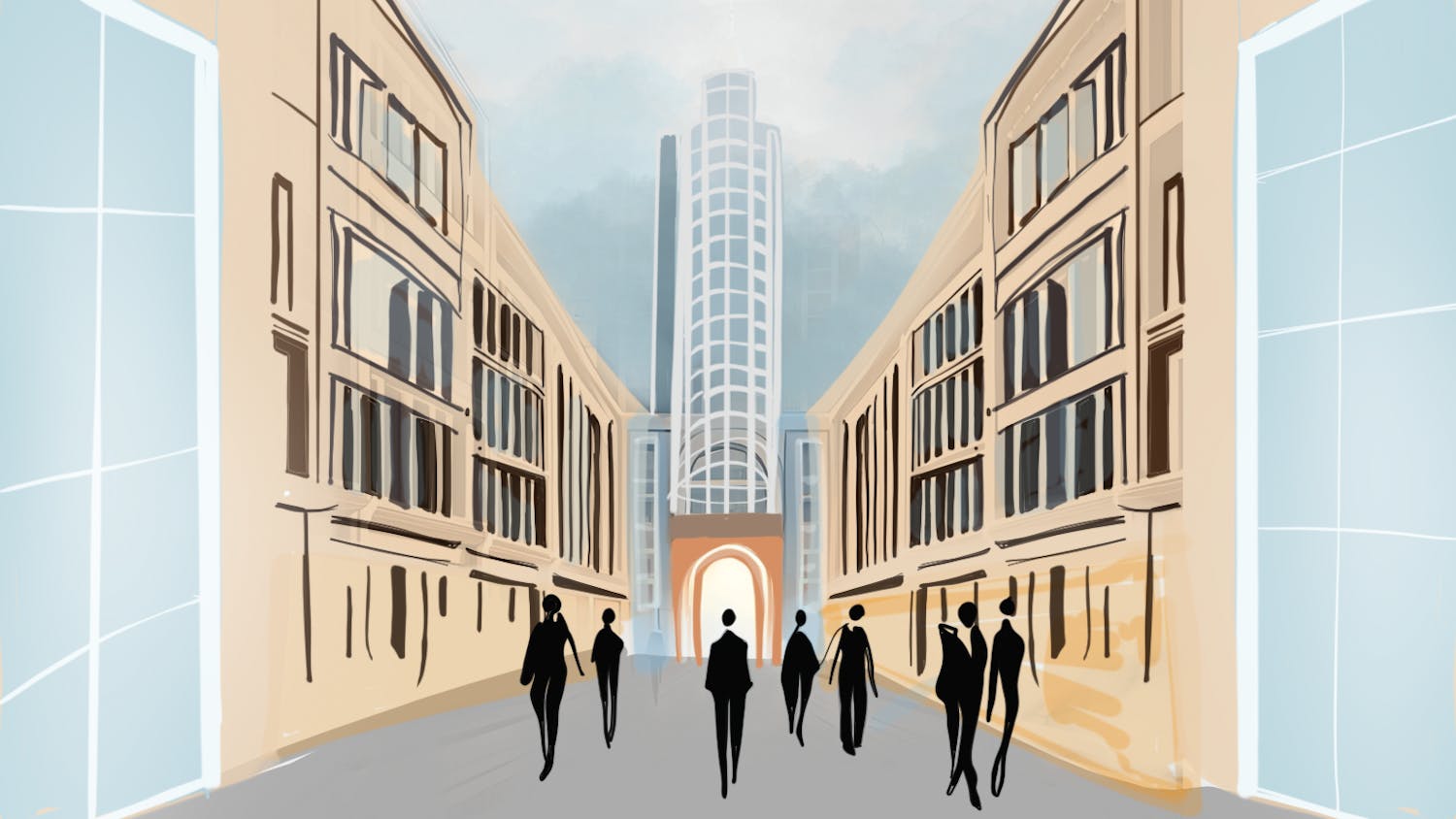A group of women stood in a drumline, like that of an army, on the Avenida de Mayo as the band leader kept time with her drum sticks. It was International Women’s Day in Buenos Aires, Argentina, Wednesday, March 8, and by 5 p.m. the other students in my study abroad program and I found ourselves amidst about 100,000 protesters in what was a cross between a music festival and all out revolutionary march. The Argentinian government needs to give these women the rights they’re fighting for.
“It’s harder to be a woman here than in the United States,” said my friend, Meredith Harris, from the University of Virginia. I agree.
In Argentina women marched against illegal abortion and femicide, the killing of a woman on account of her gender. One woman is murdered in Argentina every 24 hours. They also marched to protest the economic policies of President Mauricio Macri, which hit women the hardest. When Macri took office in late 2015, 1.5 million Argentinians were sunk into poverty. Soaring inflation is making it hard for middle-class families to get by, so one can only imagine how difficult it is for a single mother to provide enough bread for even one child.
The intensity and creativity of the march was like something I’d never witnessed before. In the center of one circle another woman stripped completely naked as a piece of performance art. Other protesters weren’t nearly as complex, as one of the most common signs I saw was simply mothers holding pictures of their murdered daughters.
As night fell, the size of the march grew until the streets were packed sidewalk to sidewalk with hundreds of banners and women interlocking arms, singing in unison. The conversation amongst the students in my group immediately went to U.S. politics and the stark contrast between the protests and social movements of the two countries. Most agreed that the legacy of President Juan Perón and his wife, Eva, played a huge role in creating a strong political consciousness in the Argentinian people.
“We have protests now because of Trump,” Ciara Keane from Columbia University said. “But it’s intertwined and fundamental to Argentine culture. There’s nationalism and pride.”
“Nationalism in the U.S. is different,” I replied. “It’s all about the military and war.”
“Exactly,” she said. “Here it’s nationalism as a united people, marching for themselves and each other.”
Lela Biggus, a student from Providence College, criticized the Women’s March that took place the day after Trump’s inauguration and how celebrities like Madonna and Scarlett Johansson helped marginalize the intersection of race and class in the U.S.
“There are issues of intersectionality here,” Biggus said. “People in the U.S. are opportunists. They’re in it for a certain social capital on social media.”
Though we left at the peak of the march, it turned physical not long after, as the police violently arrested and detained numerous women. Yet the palpable anger in Argentina’s capital has not been abated, especially after Thursday’s report by the Catholic University of Argentina on poverty under President Macri.
At this point, it is unclear how the government will stave off the revolting population to maintain Macri’s economic model, but Argentinian women deserve positive change.
luwrobin@umail.iu.edu





